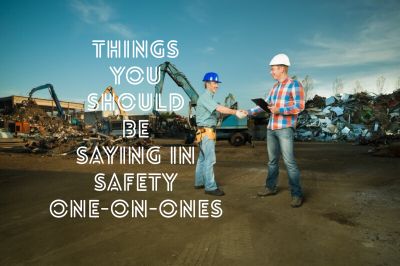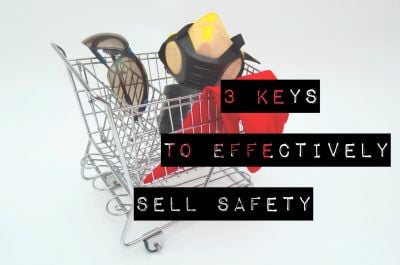
Nothing shows your respect for employees like making them feel that they matter. Communicating one-on-one is the backbone of solid safety performance improvement. If you don't make the communication personal, you can't possibly make safety personal. So the key to making safety personal is to make the communicartion between supervisor or safety person and front-line employee personal. There are no tricks to doing this effectively. But there are five things that you really should consider adding to your communications with front-line employees. It will help you build better rapport and open the lines of communication:











